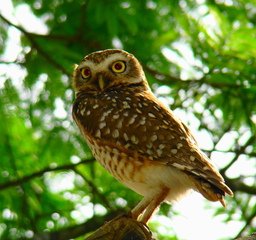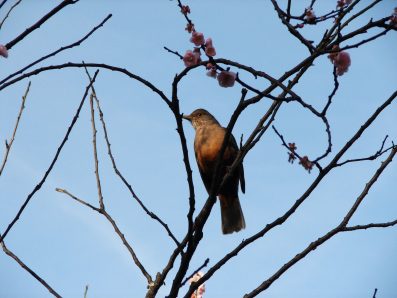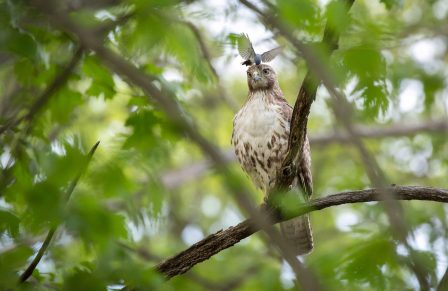All About Birdwatching at the Log Cabin
Wherever your log cabin is, there are birds somewhere nearby. Birdwatching, observing wild birds is their natural habitat, is a fun way to study nature and observe beauty. This hobby can be enjoyed as a family, solo or with groups of friends. You don’t need special skills and you can enjoy birdwatching anywhere. Keep reading for information all about birdwatching at your log cabin!
Equip Yourself
Like all hobbies, you need the proper equipment to get started. Fortunately, novice birdwatchers do not have to spend a fortune. All you need is binoculars, a field guide (contains pictures and tips for identifying birds in your region) and a weather-proof notebook to track your sightings. You can even download a free birding app for your mobile device.
Audubon Society’s gear recommendations can be found at https://www.audubon.org/birding/how-to-start-birding. Popular Mechanics’ list is available at https://www.popularmechanics.com/adventure/outdoors/g938/the-gear-you-need-to-start-birdwatching/ .
So How Do You Find a Bird?
- Pay attention. Immerse yourself in the surroundings.
- Be quiet. By minimizing noise, you increase your chances of spotting birds.
- Consider time of day. Many birds sing at dawn while owls and others are nocturnal.
- Consider time of year. Migratory patterns may affect what you see and when.
- Look with purpose. Scan tree tops, posts, power lines as well as the sky. Be aware of any movement.
- Listen intently. Often you will hear a bird before you see it.
- Wearing drab colors helps you blend into natural surroundings.
- Be patient and keep at it.
Identifying Birds
- Go beyond just looking at the color. Look at the bird’s size and shape. Does it have long legs? Is the tail forked? Is the bill long or short, thick or thin, straight or curved?
- Listen for distinctive vocalizations. Species can be identified by the sounds they make. Do you need help differentiating various bird calls? You can listen to hundreds of birds at https://www.audubon.org/bird-guide.
- Look for field marks. Do you notice identifying spots, stripes or rings around the eyes? Is there a crest? What’s the plumage pattern?
- Observe its behavior. Does it glide or flap constantly when flying? How does it move? Is its perch upright or horizontal?
- Consider habitat and the season.
- For help with identification, there are computer programs available to help you figure it out. Simply enter features such as color, size, habitat and sound to see photos of possible matches.
Birdwatching Etiquette: A Few Do’s and Don’ts
- Do observe. Don’t disturb.

- Do be respectful of birds, other wildlife and the environment.
- Don’t chase birds.
- Do not approach or agitate a bird sitting on its nest.
- Don’t trespass on private property. Always obtain owner’s permission before entering.
- Do practice common courtesy (not just when birdwatching).
- Do silence your phone as you would in church or at the movies.
Get Started!
According to the American Birding Association, there are 914 species of wild birds in North America, north of the Mexican border. That’s enough birds to keep you busy for quite a while. Sure, it’s easy to find a gull while eating chips on the beach, but challenge yourself! Take a walk around your log cabin to explore what feathered friends are sharing your environment. Don’t forget to create a Life List for all the birds you’ve seen in your lifetime with dates and locations. Consider joining a local birding club. You can benefit from their knowledge and enjoy a sense of community.

